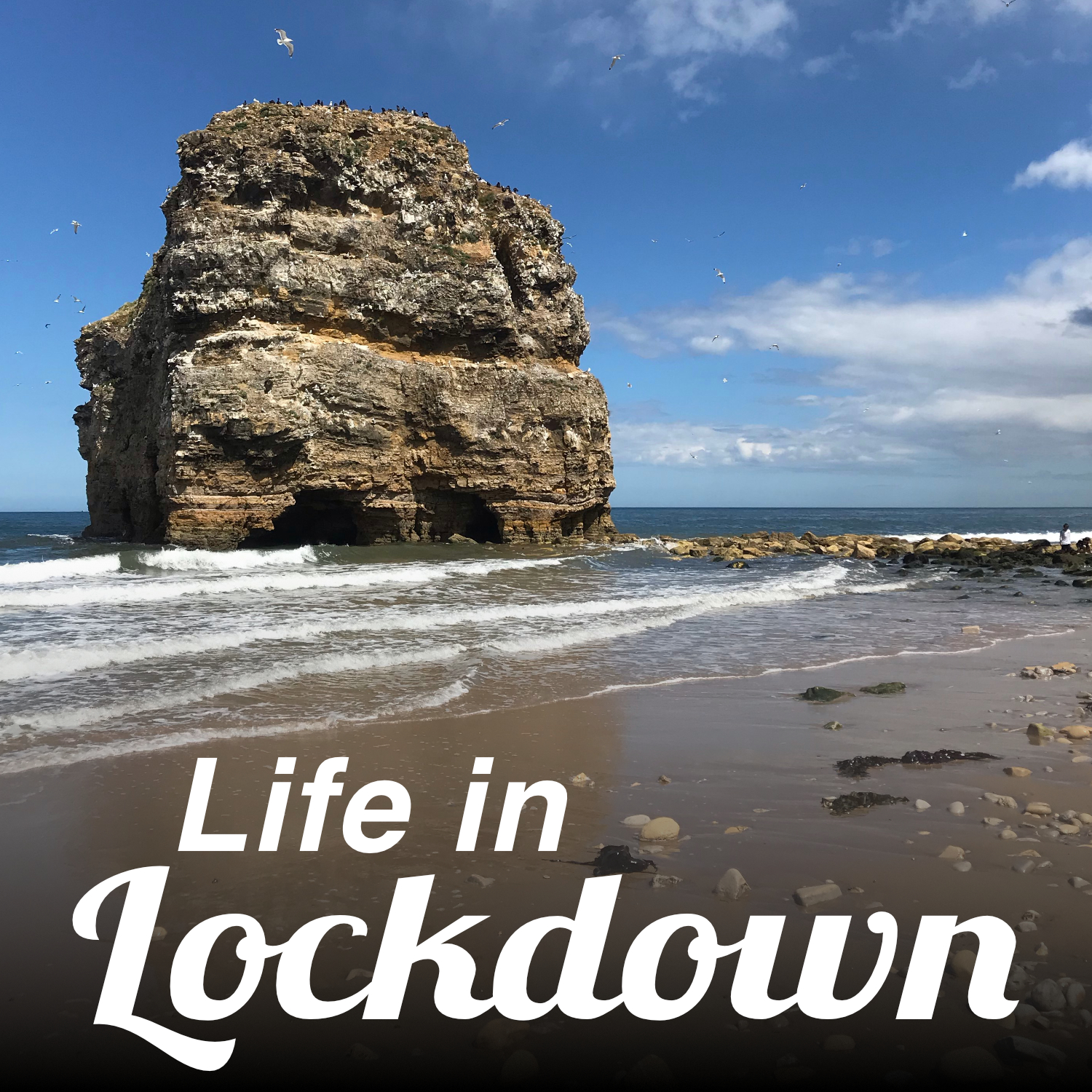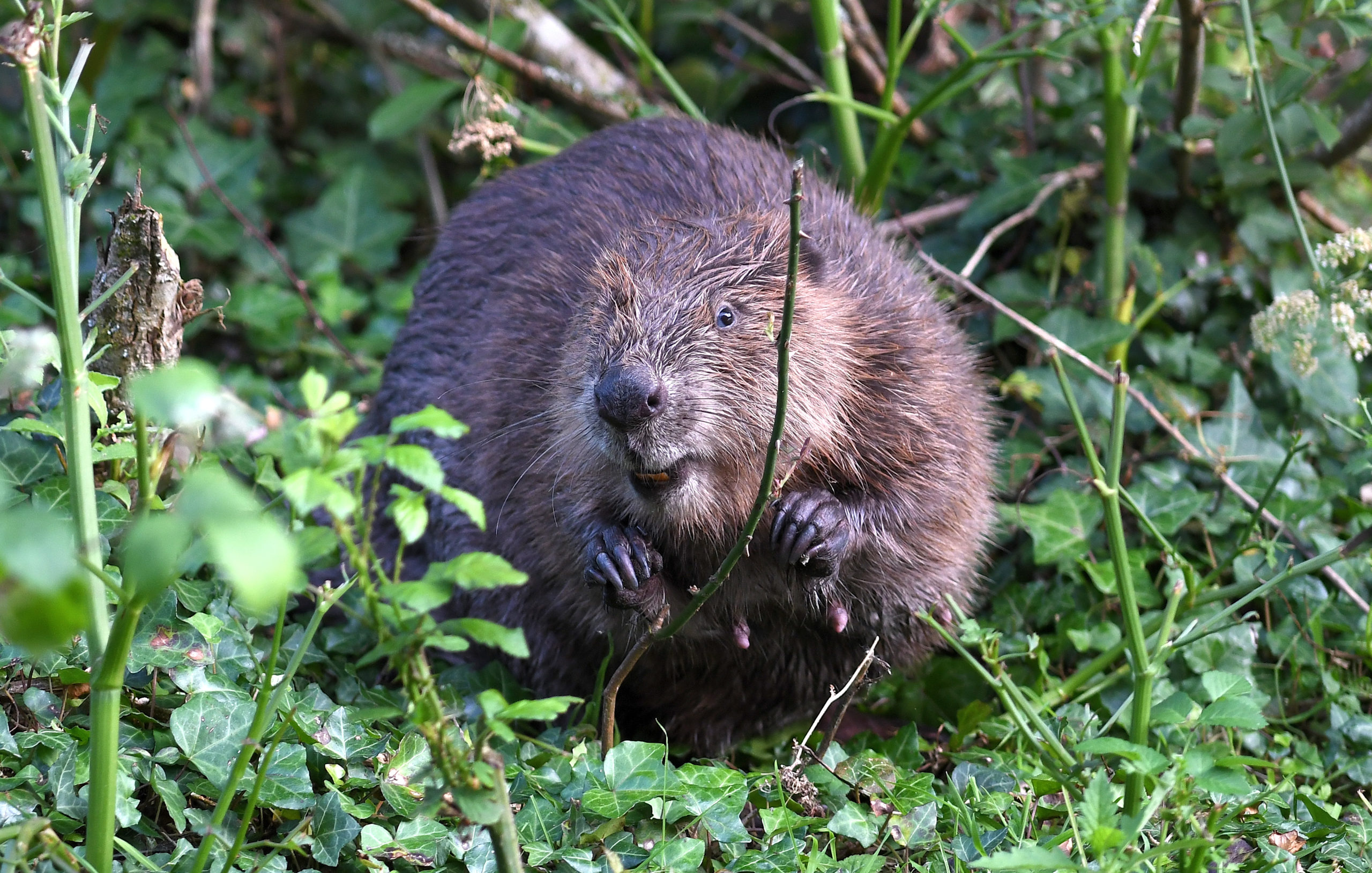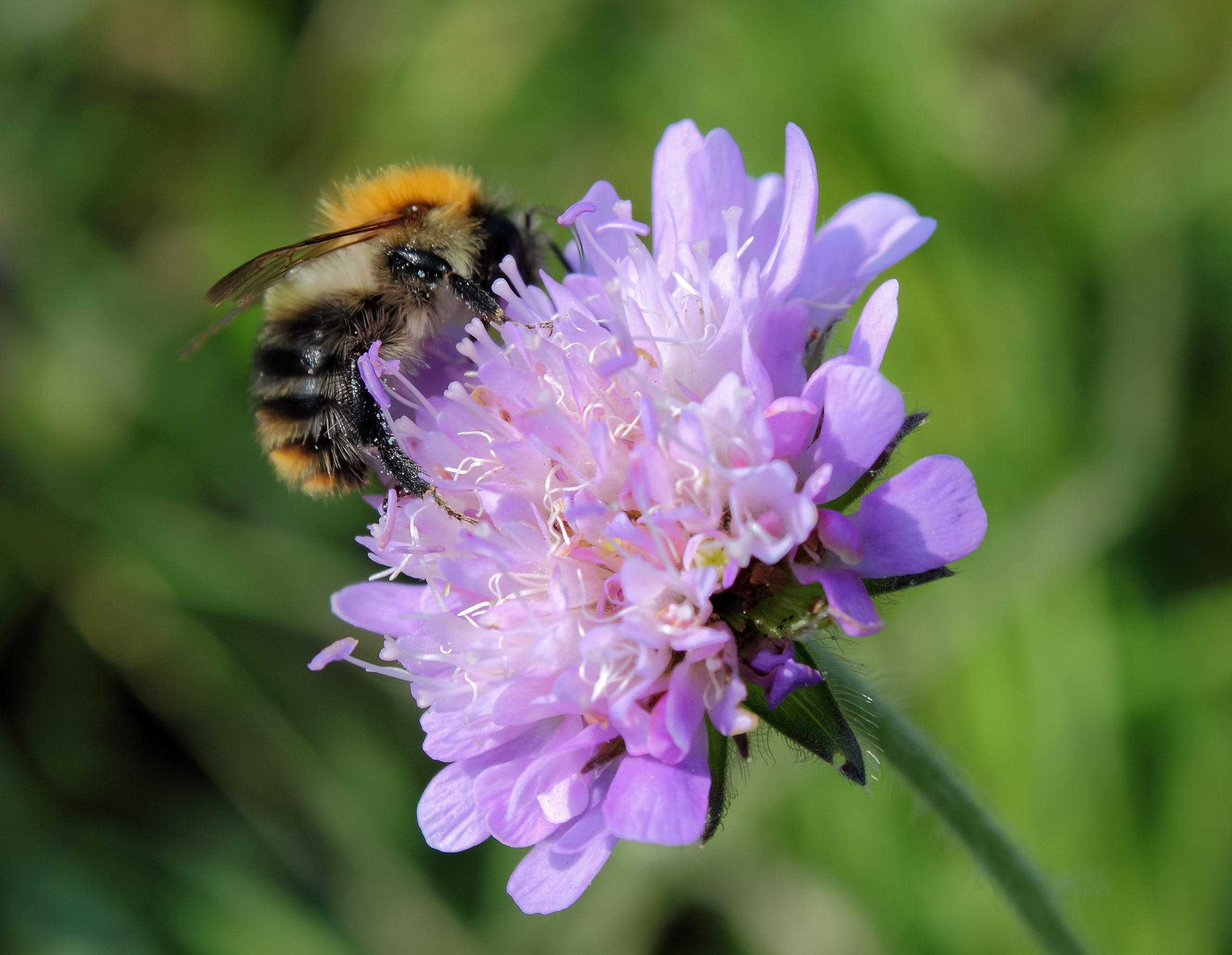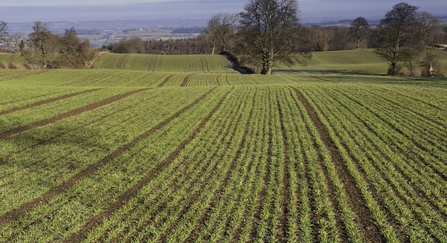Elizabeth Raine, student of Marine Biology at Newcastle University, tells us about her experience of Life in Lockdown. Marsden Bay, her local nature spot, has provided endless fascination and a way to beat the lockdown blues. The landscape holds a host of stories, from ghosts of smugglers to the thrilling flight and habits of sea birds.
“Living near the bay my whole life, I‘m lucky enough to have explored its sea-worn structures and diverse wildlife.”
What can you expect to see if you spend some of your life in lockdown here?
The enclosed bay and its sea cliffs are home to three different sea bird colonies. For instance, you can expect to see cormorant, black-legged kittiwakes, and fulmars. Not only see them, but hear them too, as they chatter and squabble.
The largest sea-stack is known as Marsden Rock and is home to the cormorants. This colony makes up about 10% of the English breeding population. The cliffs are for the kittiwakes, where they nest with their chicks after spending a winter at sea. The fulmars use both rock and cliff, cramming into small caves and crevices, spitting foul-smelling oil at intruders.
But there is much else to see (and not just during your life in lockdown). The Marsden Grotto pub, for instance. Here you can soak up the history of the bay and marvel at the cave that houses it. There is also the Souter lighthouse and Whitburn Point, both worth a visit if you get the chance. You might even be lucky enough to see exotic migrating seabirds, such as the isabelline shrike.
You can read the full story in the Winter Issue of Wild Tees Magazine. Become a member and you will receive your issue of Wild Tees Magazine and much more. Hit that ‘Join’ button at the top of the page!




